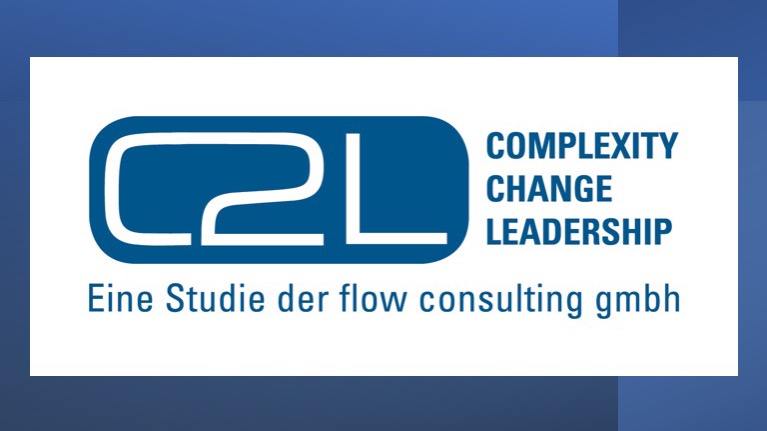The first results of the flow study on Change-Complexity-Leadership (C2L) are available. Read more here.
If it’s simple – just act. And when it’s complex…? Ross Ashby found an answer to this question more than fifty years ago. flow consulting has now empirically proven this answer with a study. The first results of this study are now available. Read how to lead in complex situations – and which competencies are particularly important for this.
Ashby’s Law
William Ross Ashby, pioneer of cybernetics in the middle of the last century, is best remembered for the law he formulated: “The greater the diversity of your options for action, the better you can respond to surprises from your environment (from other people, from the organisation or the organisational environment).” Ashby’s Law is one of the cornerstones of leading in complex situations. It prohibits simplification, a reduction of complexity on the controlling side (the manager, for example), since the reduction would reduce the diversity mentioned instead of increasing it.
The C2L Study: Change-Complexity-Leadership
We wanted to find out whether Ashby’s Law is reflected in leadership practice – whether leaders in complex situations lead less with linear master plans and more flexibly and variably. Whether they seize unplanned opportunities as they arise – instead of overlooking them as ‘unplanned’. And whether they plan in small, manageable steps and proceed in a structured way within them – i.e. proceed iteratively. More here: flow article Iterative consultation. Between November 2020 and May 2021, 109 managers – mainly from Switzerland and Germany – took part in this extensive survey on their leadership behaviour and competencies.
The first results of the study
- Ashby’s Law can be considered empirically confirmed. The greater the complexity of a change project, the more likely managers are to use iterative change management approaches.
- Six competencies are particularly important: (1) providing orientation, (2) promoting the autonomy of others, (3) recognising innovations and (4) also driving them forward, (5) fostering networks, (6) welcoming information that contradicts one’s own plans. Details on these and other competencies can be found in our meta-study.
However, it is not only leadership skills and the appropriate approach that are crucial for the success of complex change projects. Certain prerequisites should also be met on the organisational structure side: flexible formal structures with, for example, adapted responsibilities and release paths are just as much a part of this as an organisational culture in which non-binding plans are accepted and mistakes are handled as relevant feedback. Diversity of teams is also one of the prerequisites – whereby this diversity includes gender as well as other factors such as age, professional discipline or work preferences.
You can download a first short summary of this study here:
We are currently preparing a long version with the statistical results. As soon as it appears, we will inform you about it here in a blog.
Many greetings from the flow study lab.



